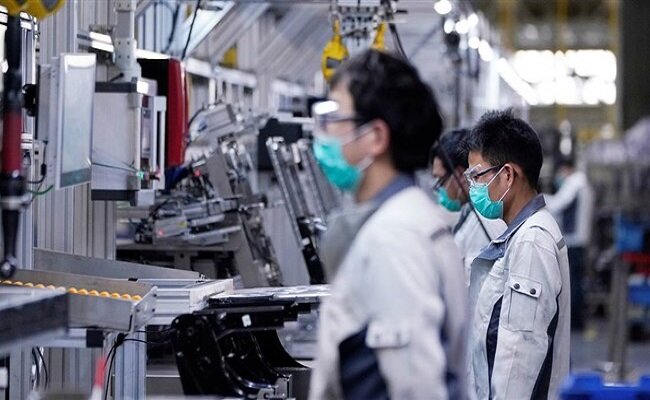China’s export of 3580 billion dollars; The trade surplus was a thousand billion dollars

reported by %20%0A
The surplus accounted for 10 percent of China’s gross domestic product, and strong December exports helped hit a one-month record of $104.8 billion. Products such as cars, solar panels and electronics fueled export growth as China stepped up its investment in advanced manufacturing under its “Made in China 2025” policy. Meanwhile, imports decreased because the country sought self-reliance and domestic production.
Global reactions to trade imbalances have varied, and industrialized and developing countries have imposed tariffs on Chinese goods to protect their manufacturing sectors. Countries such as the United States and the European Union have expressed concern about factory closures and job losses due to competition from low-cost Chinese exports. However, Chinese authorities have rejected these criticisms as protective measures against their economic progress.
At home, the surplus has offset some economic headwinds, including the collapse of the housing market, which has dampened consumer spending. While millions of construction jobs have been lost, the export sector has continued to grow and create jobs in manufacturing, engineering and research. China’s economic growth in 2024 is estimated to be around 5%, most of which depends on exports.
China’s growing global influence in manufacturing, which now produces one-third of the world’s manufactured goods, is Latin It creates about the sustainability and dynamics of global trade. By raising tariffs and diversifying supply chains, China remains a competitive supplier, using its cost advantages and extensive infrastructure to maintain its dominance in global markets.


